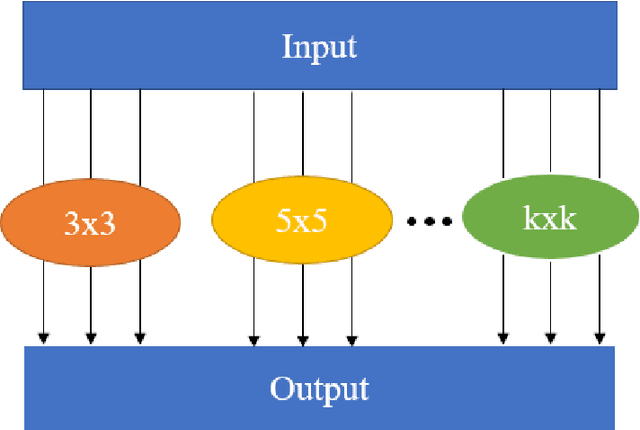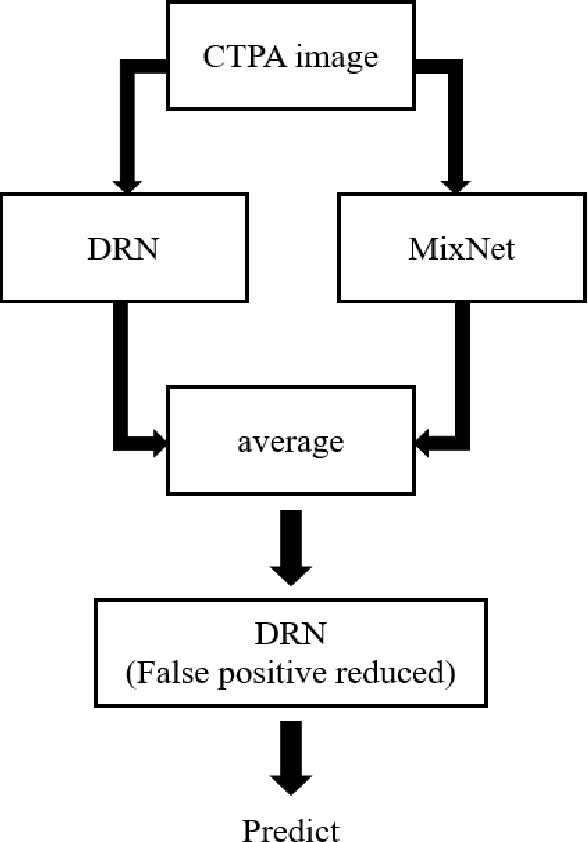Ching-Yuan Yu
Convolutional Neural Network for Early Pulmonary Embolism Detection via Computed Tomography Pulmonary Angiography
Apr 07, 2022



Abstract:This study was conducted to develop a computer-aided detection (CAD) system for triaging patients with pulmonary embolism (PE). The purpose of the system was to reduce the death rate during the waiting period. Computed tomography pulmonary angiography (CTPA) is used for PE diagnosis. Because CTPA reports require a radiologist to review the case and suggest further management, this creates a waiting period during which patients may die. Our proposed CAD method was thus designed to triage patients with PE from those without PE. In contrast to related studies involving CAD systems that identify key PE lesion images to expedite PE diagnosis, our system comprises a novel classification-model ensemble for PE detection and a segmentation model for PE lesion labeling. The models were trained using data from National Cheng Kung University Hospital and open resources. The classification model yielded 0.73 for receiver operating characteristic curve (accuracy = 0.85), while the mean intersection over union was 0.689 for the segmentation model. The proposed CAD system can distinguish between patients with and without PE and automatically label PE lesions to expedite PE diagnosis
 Add to Chrome
Add to Chrome Add to Firefox
Add to Firefox Add to Edge
Add to Edge